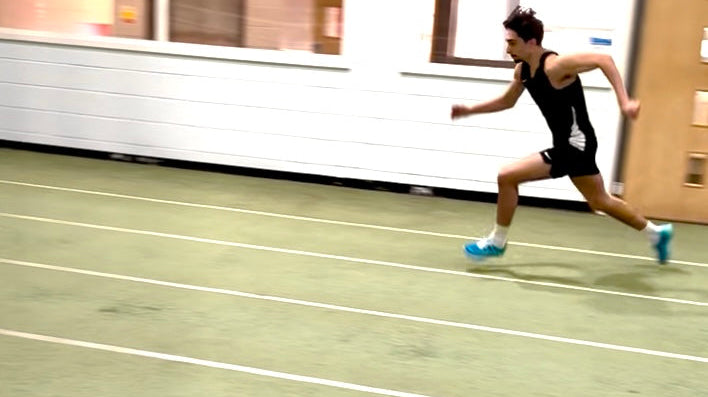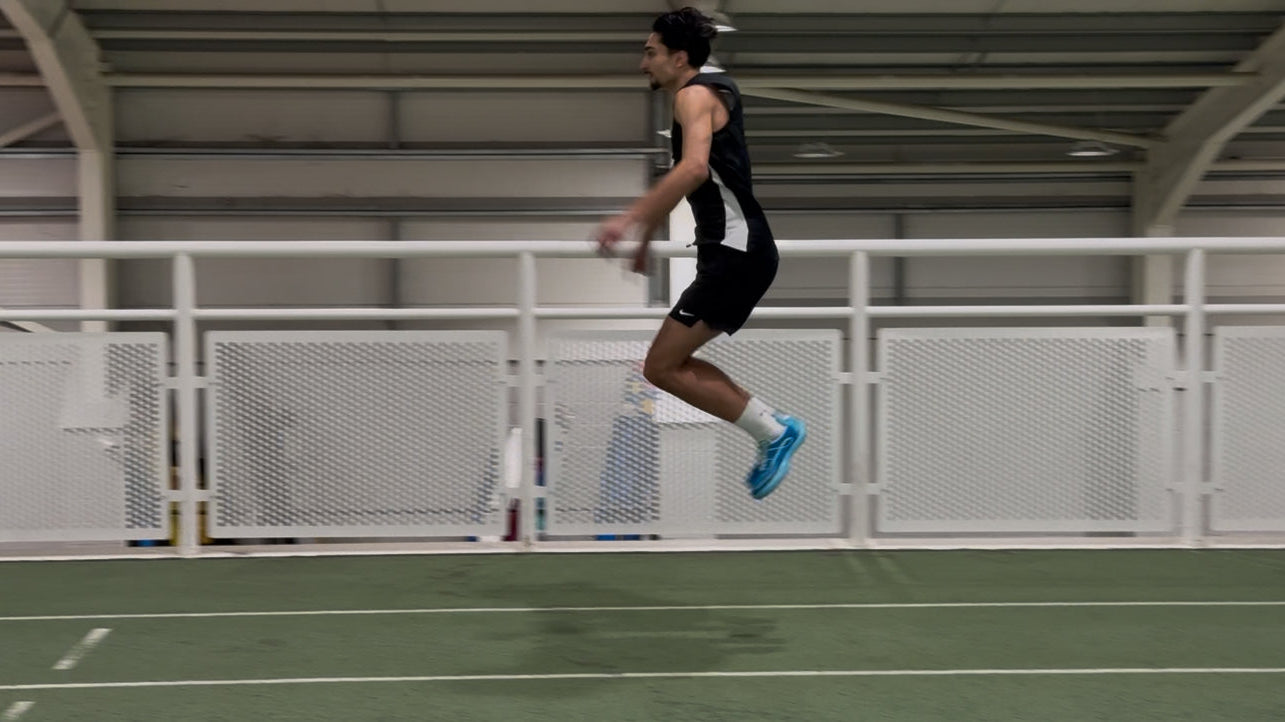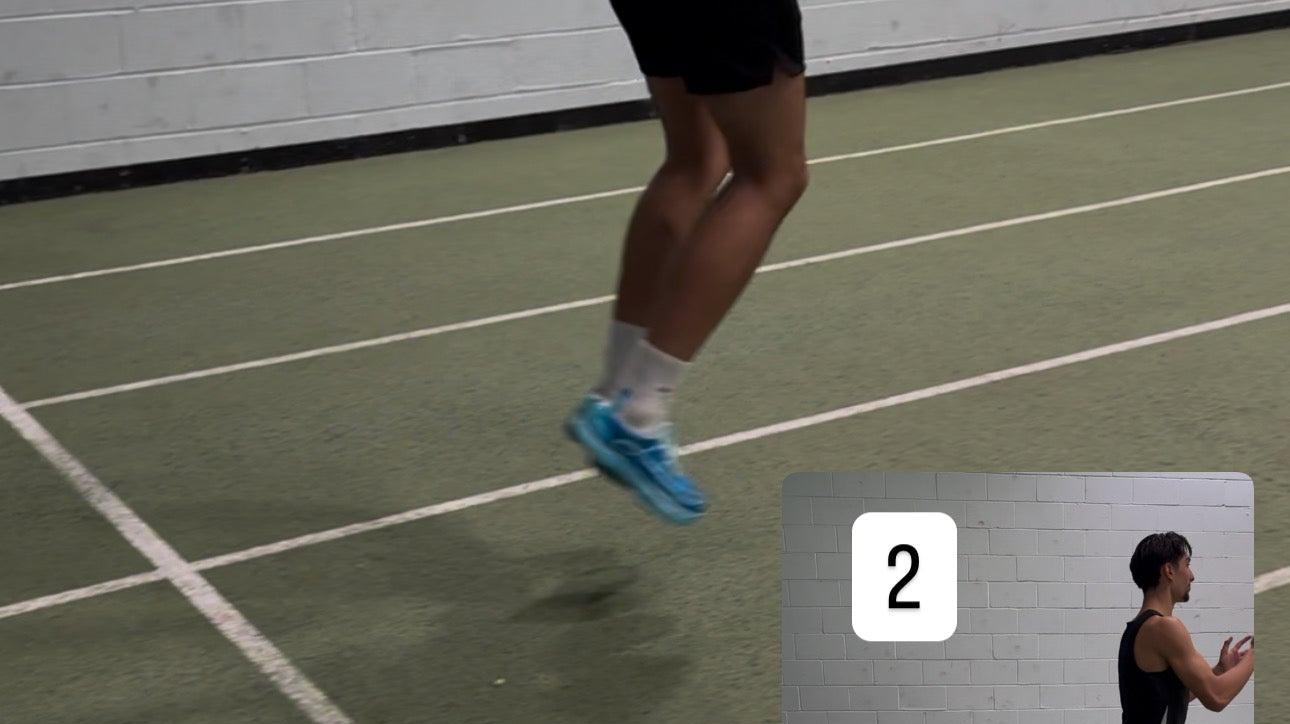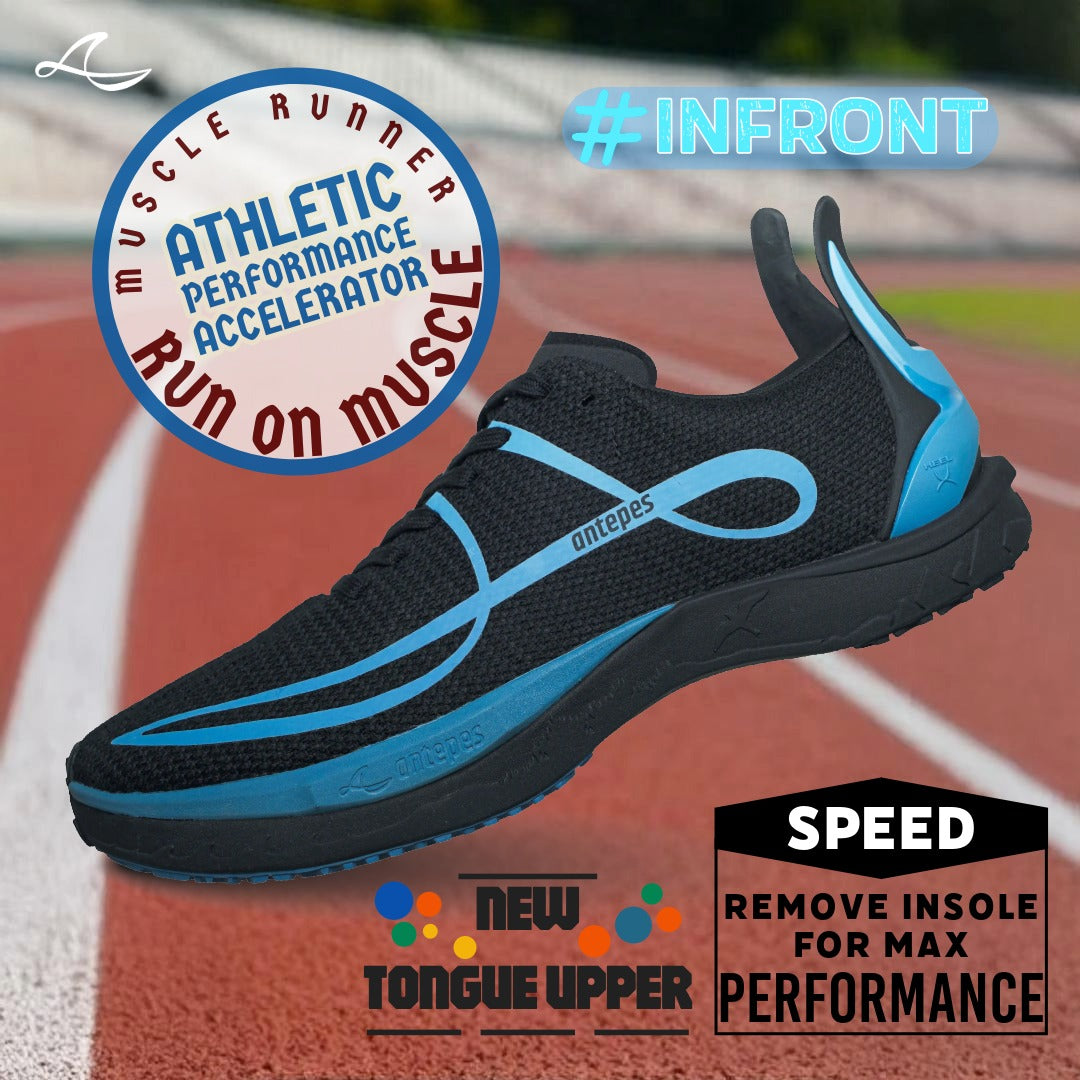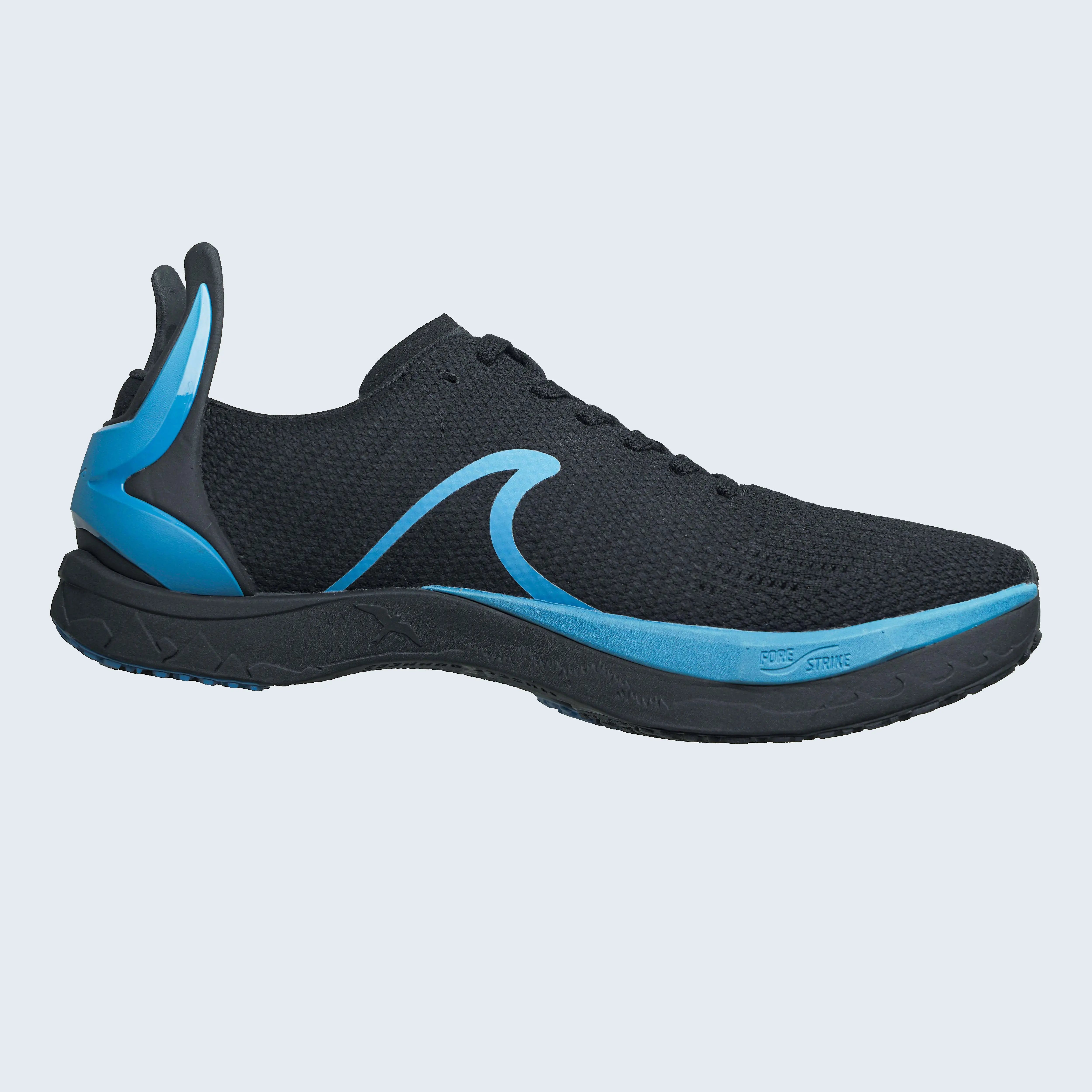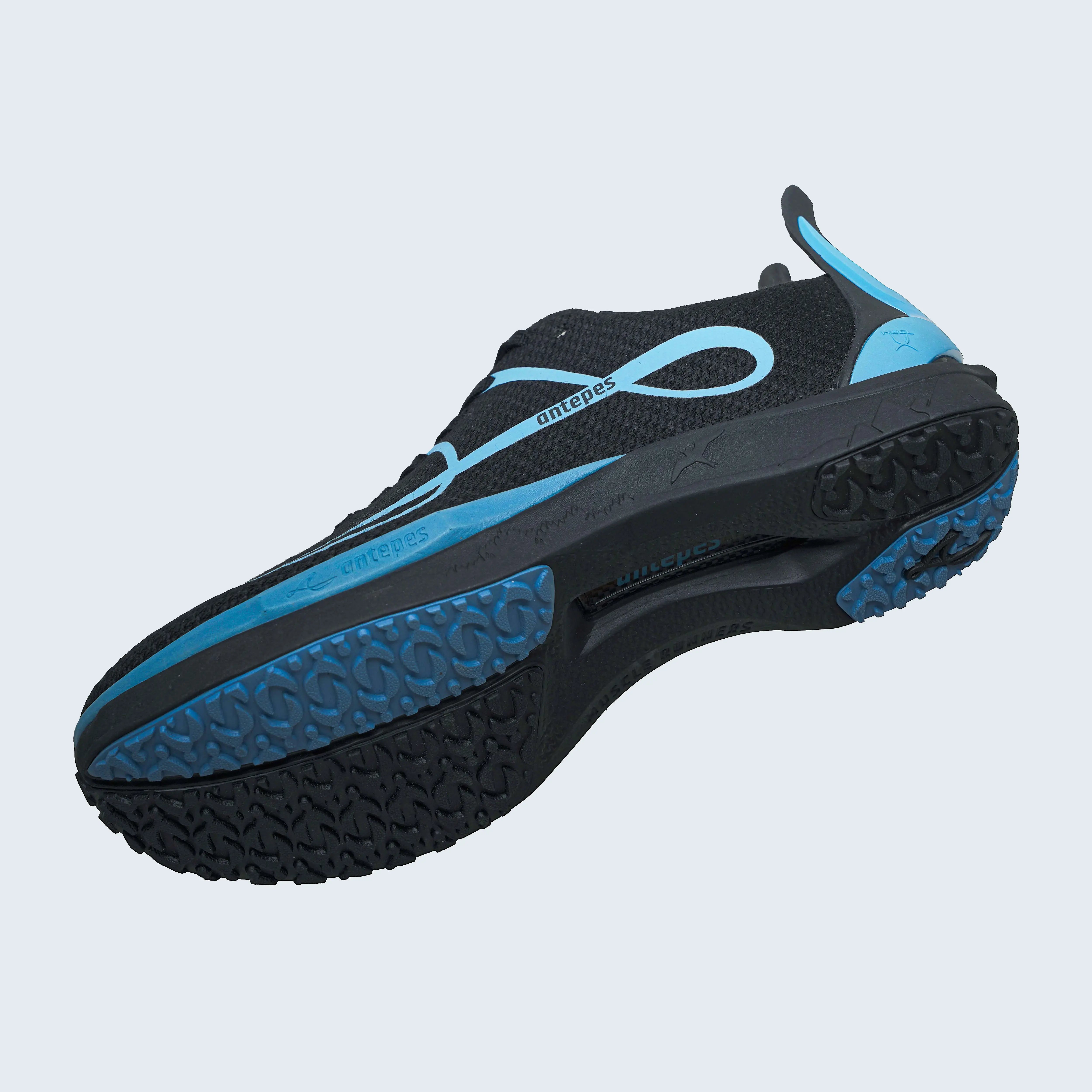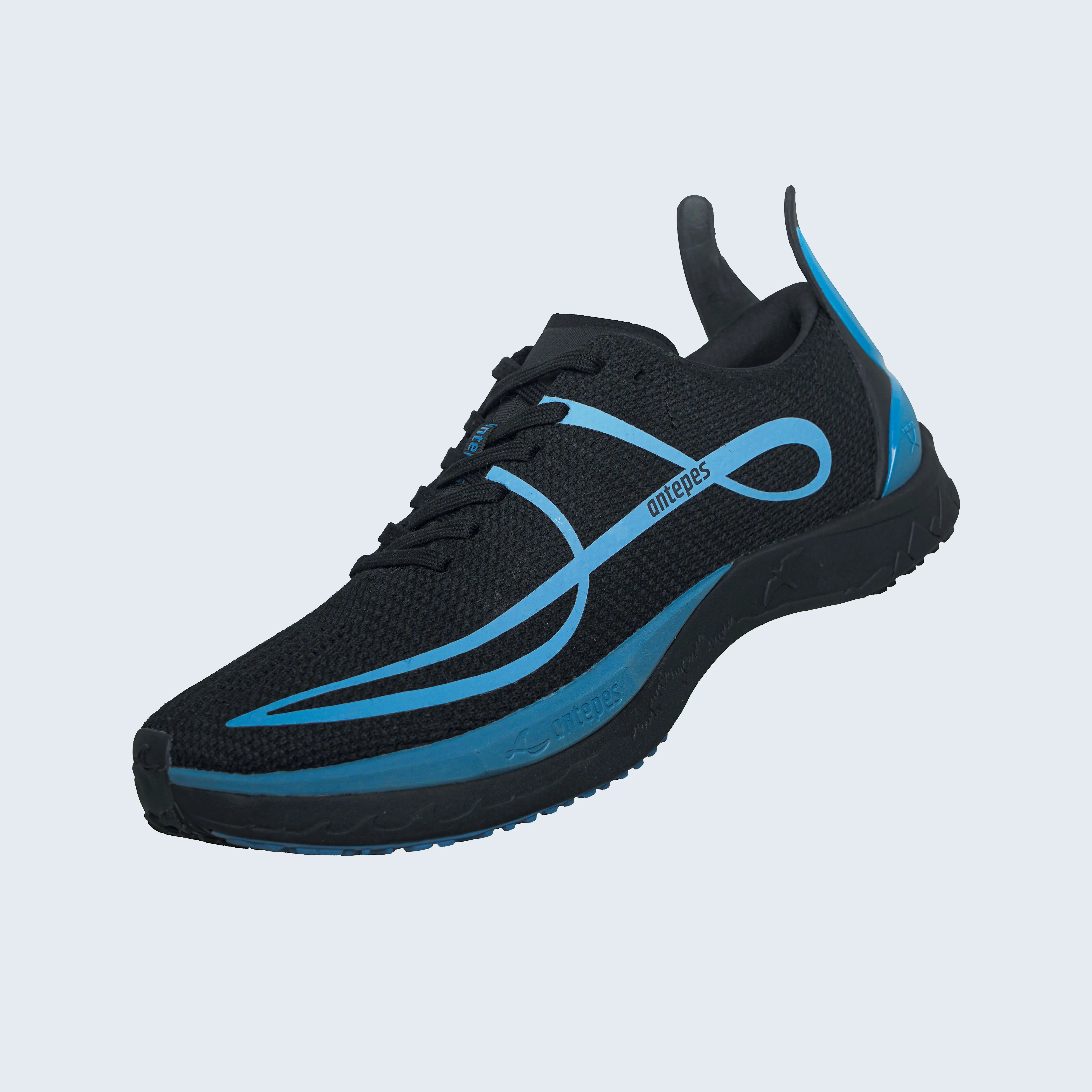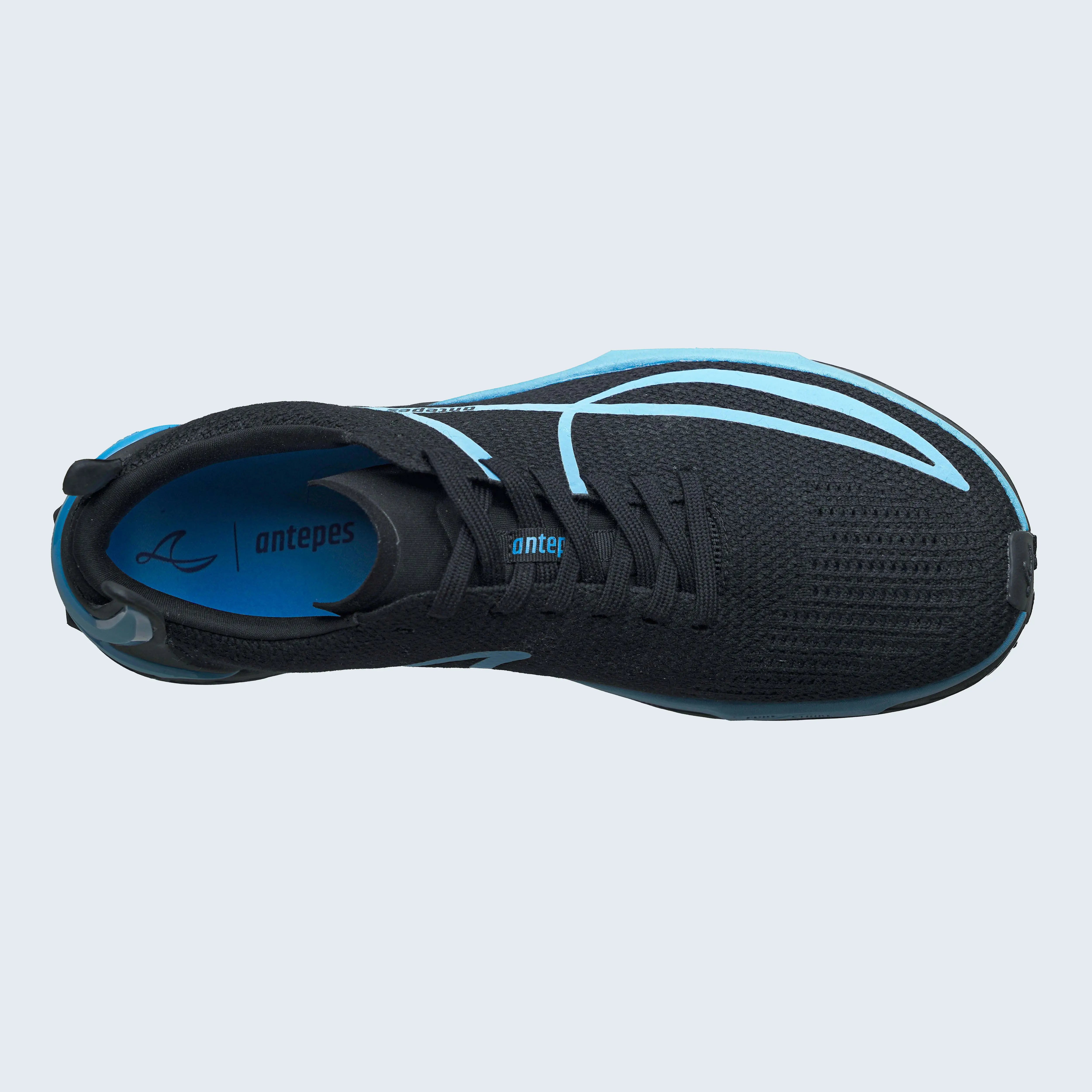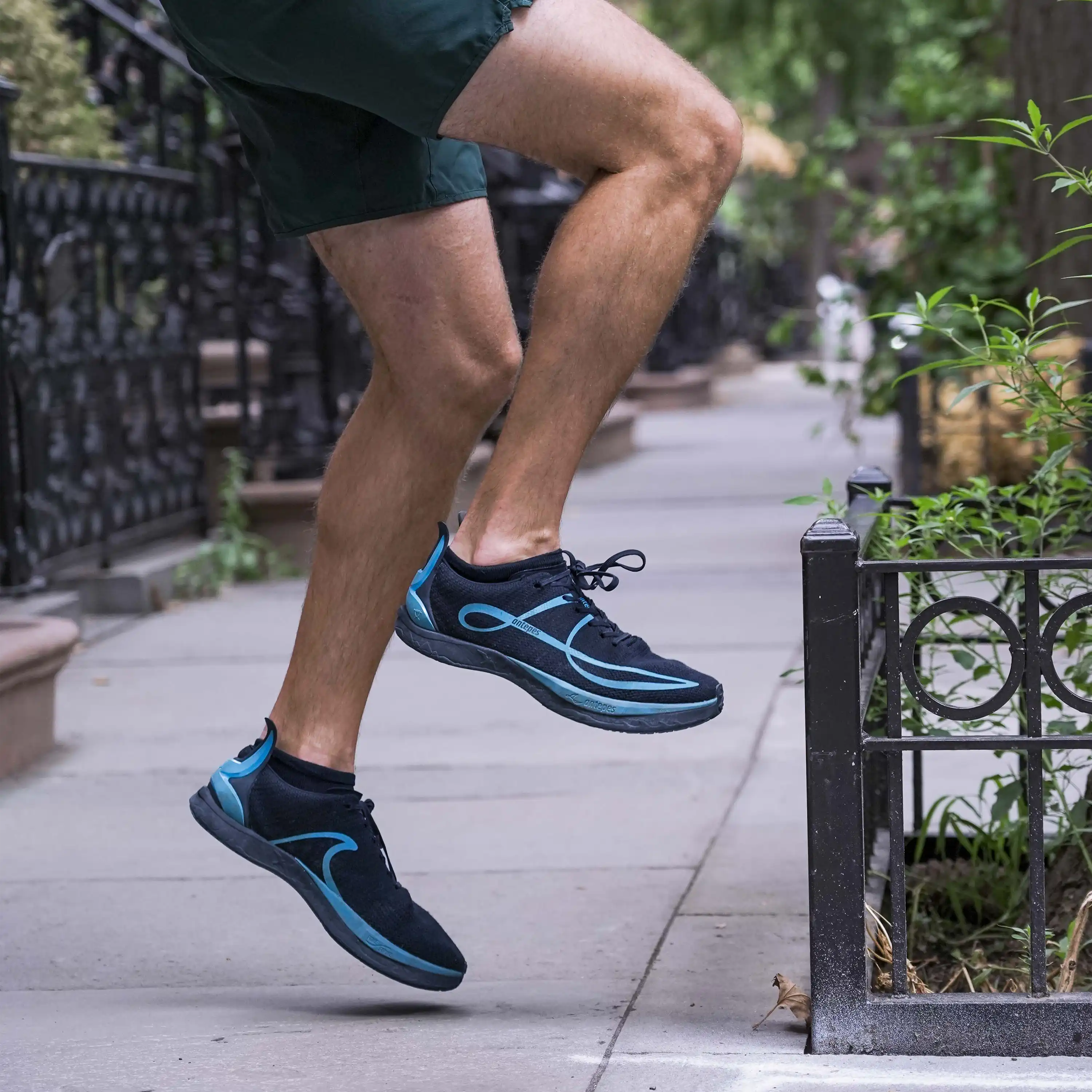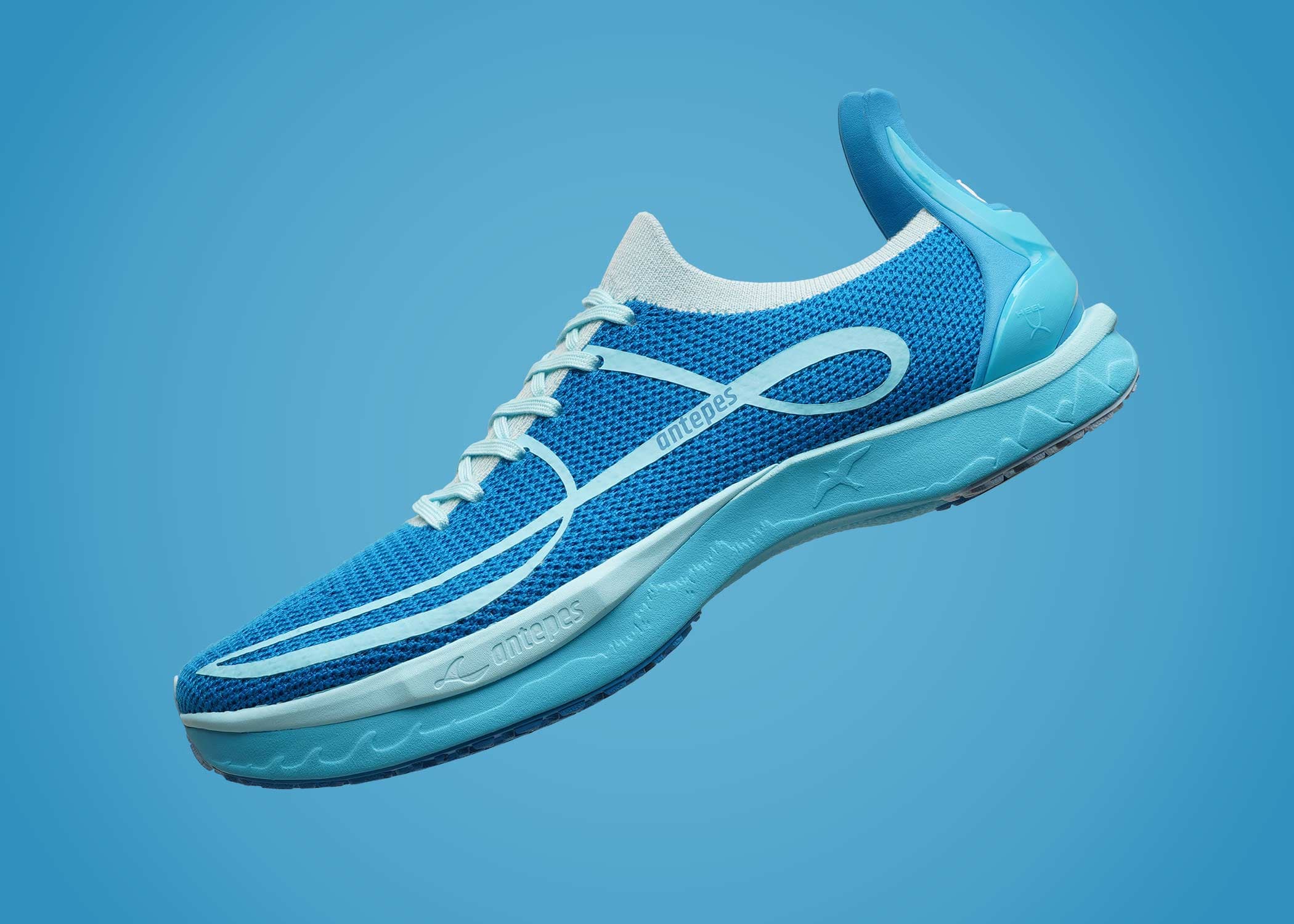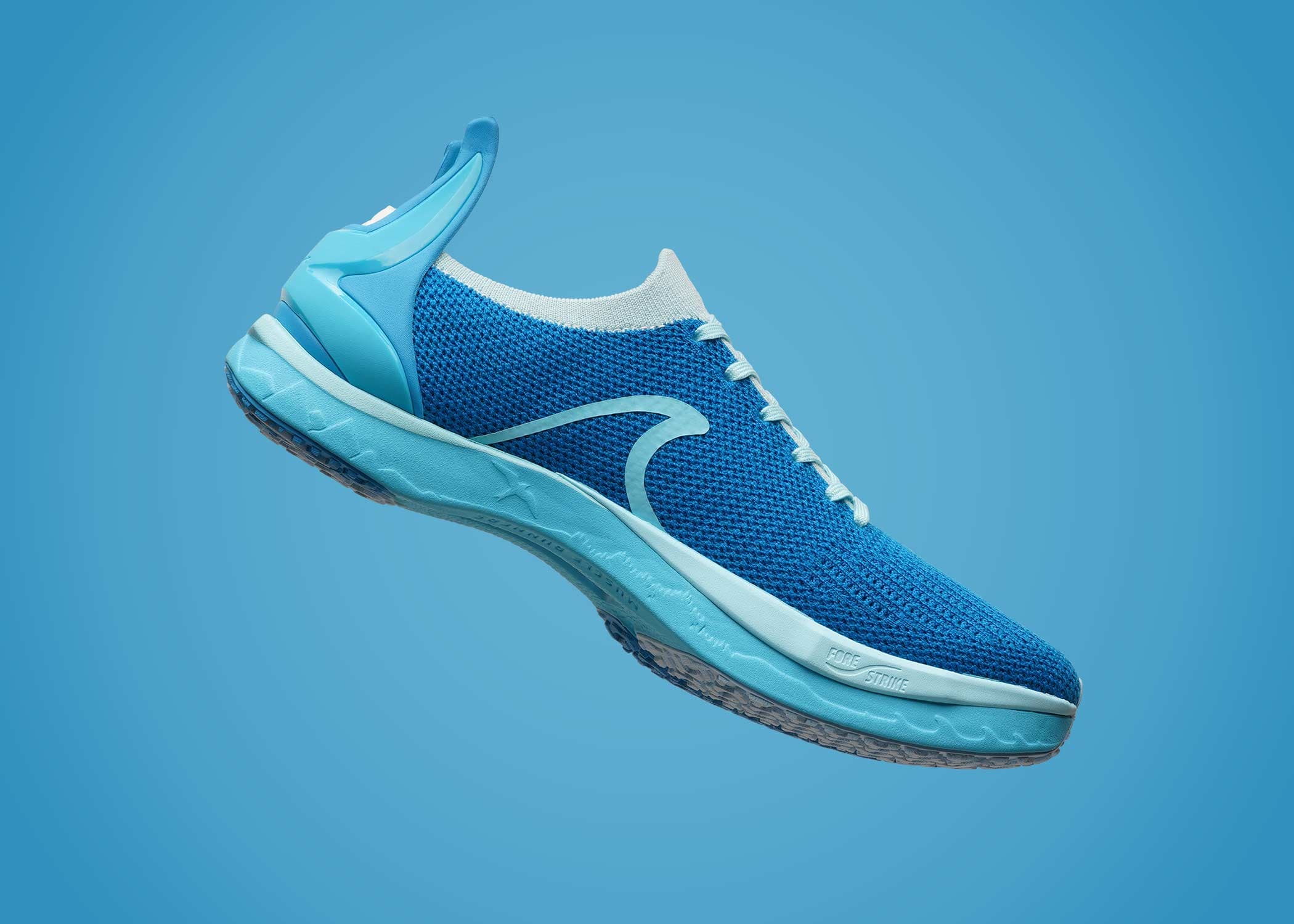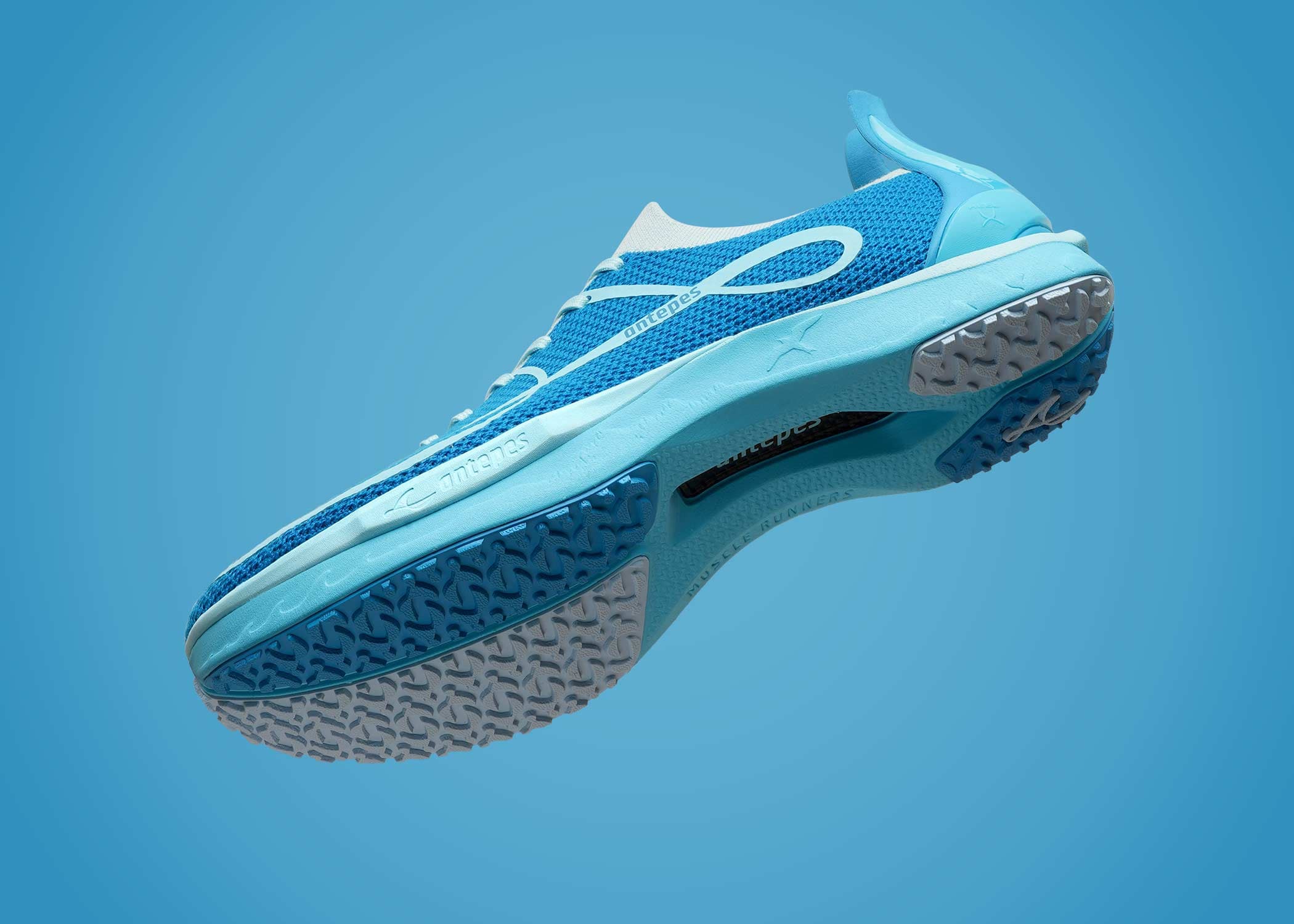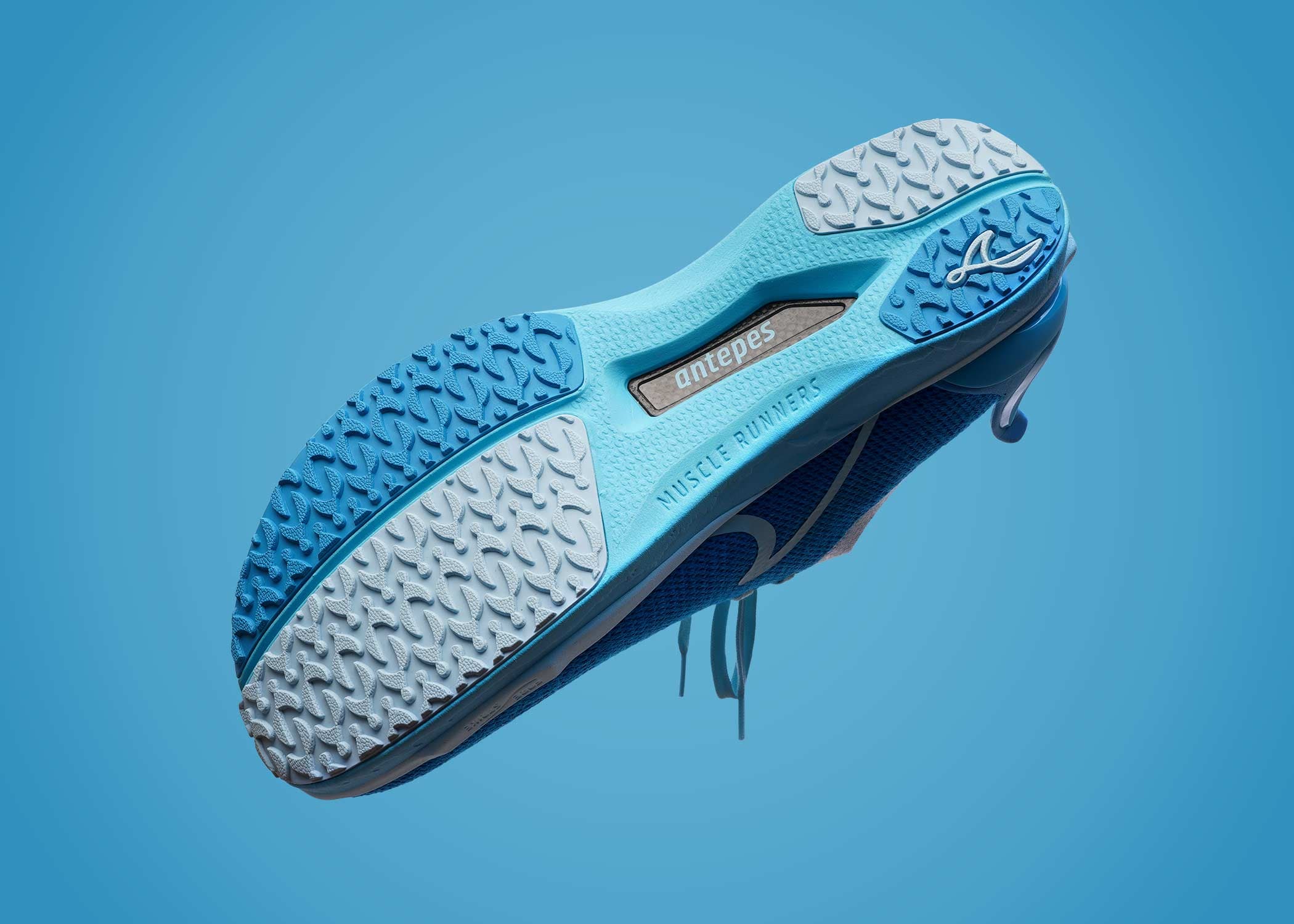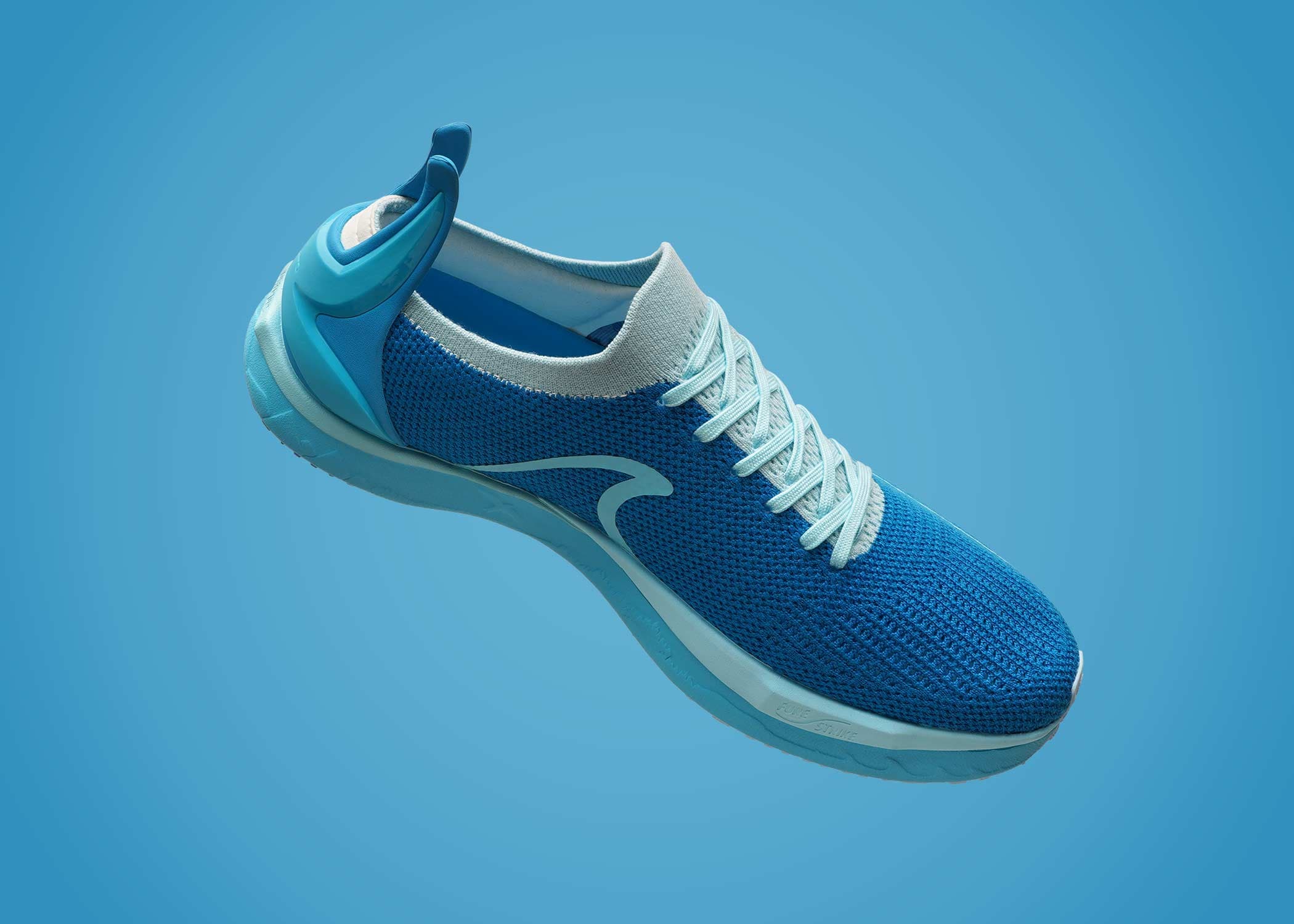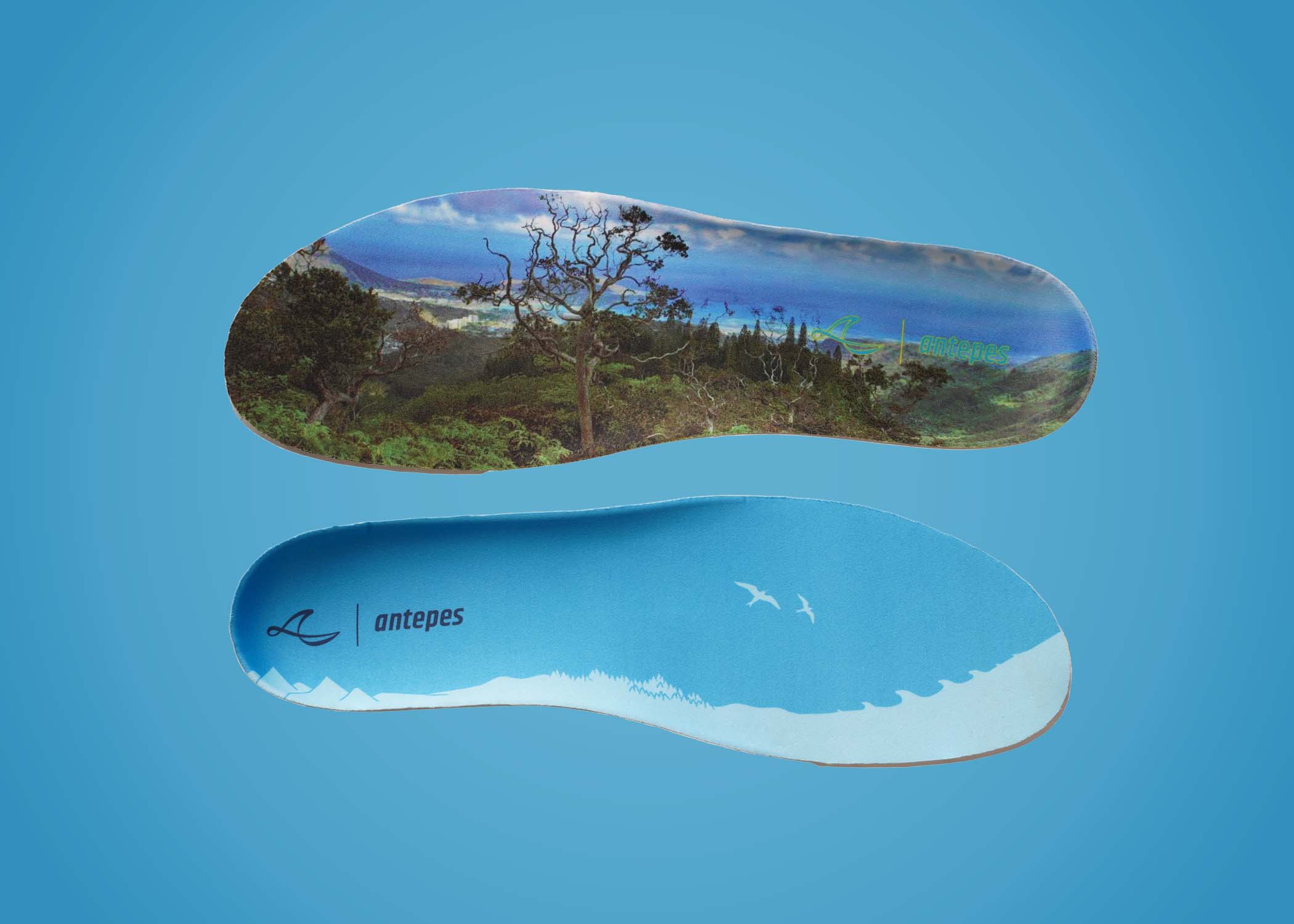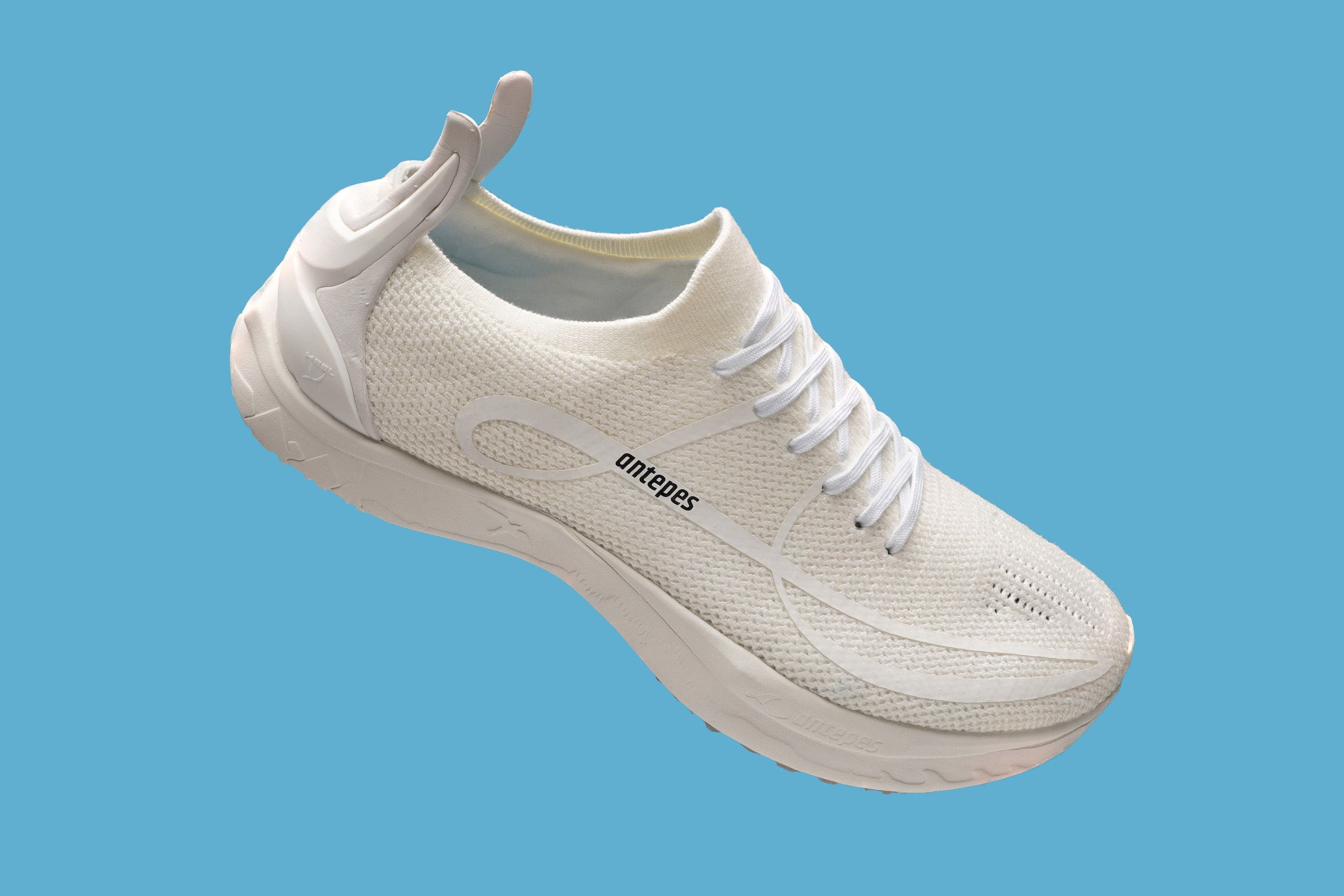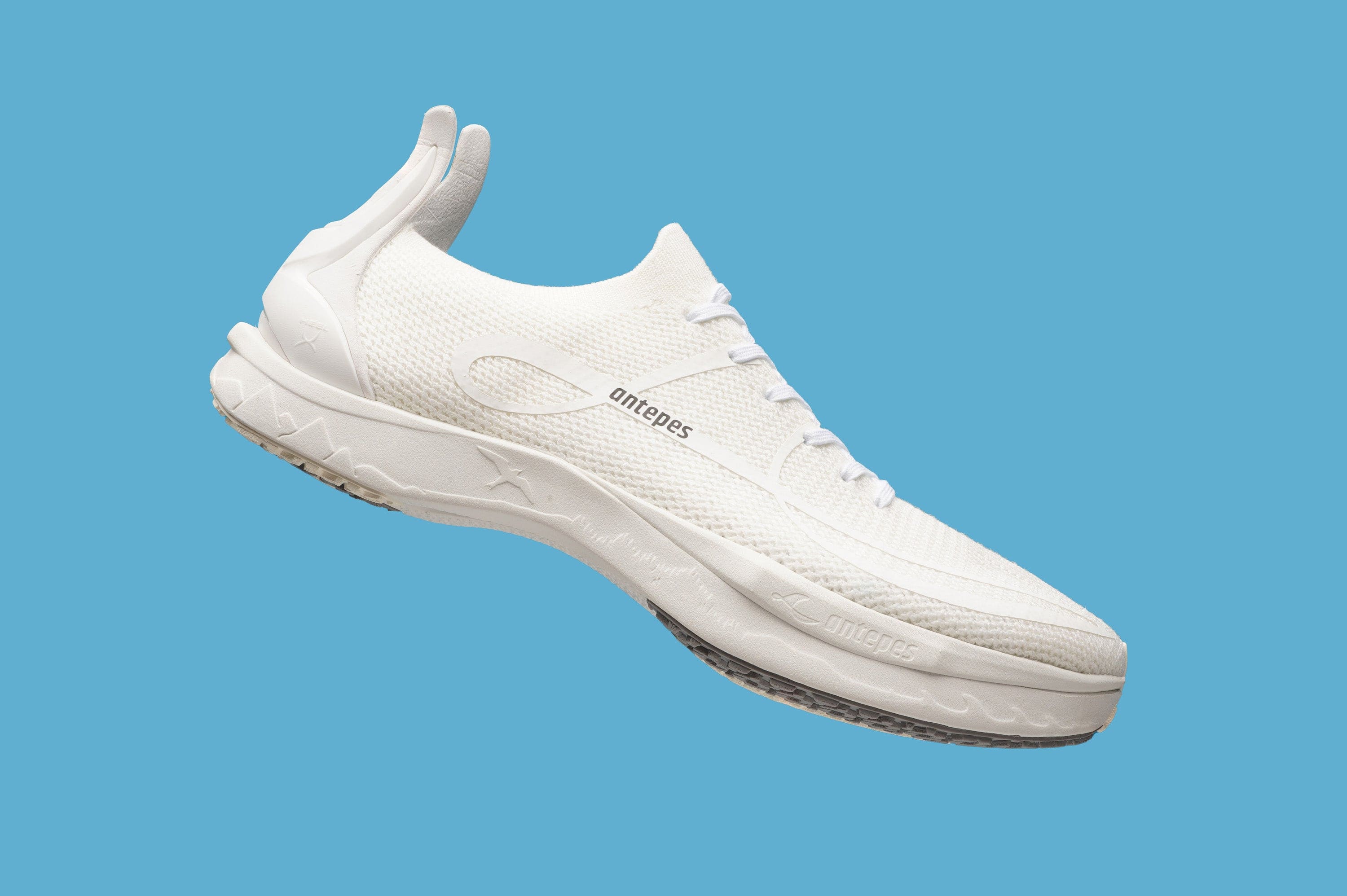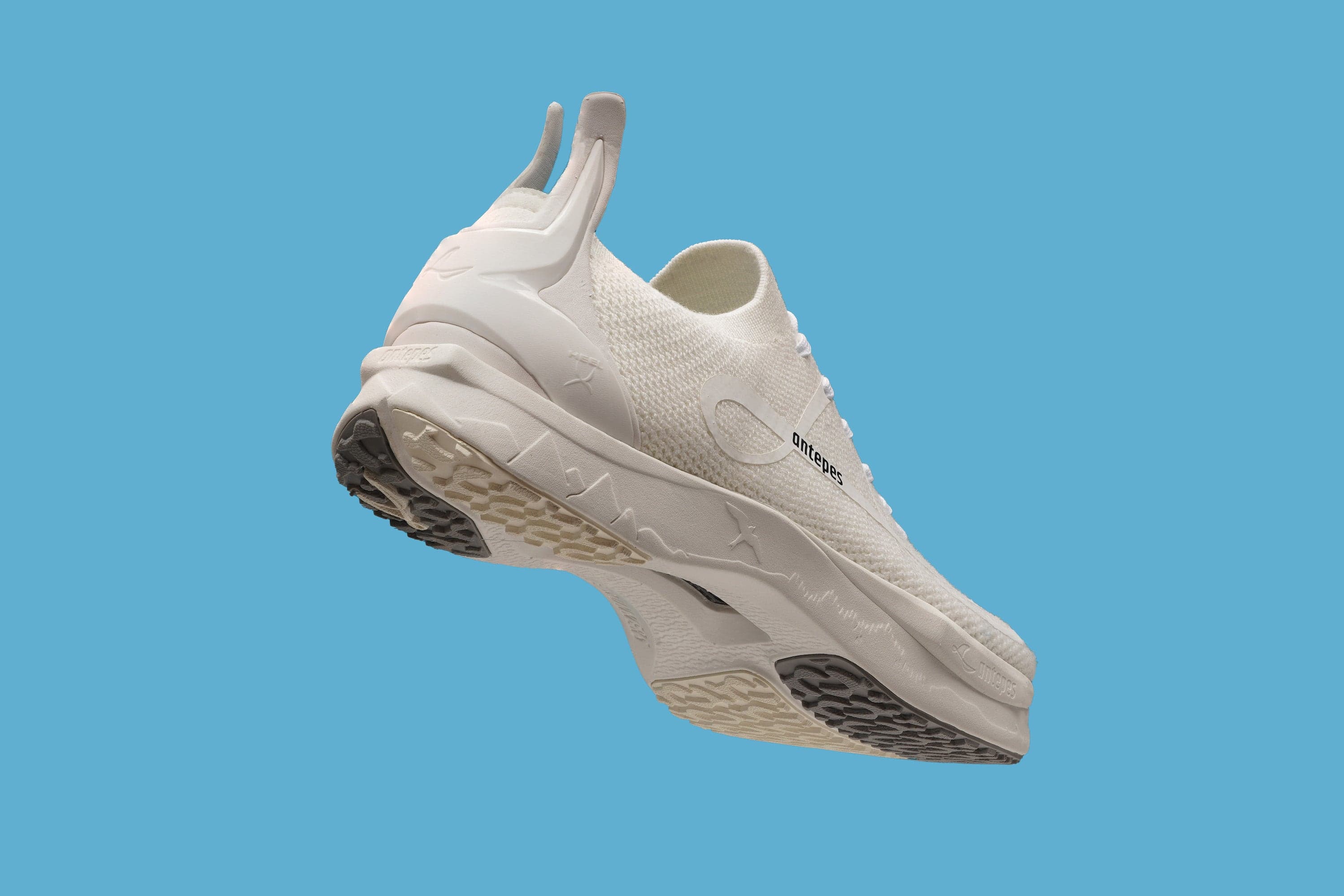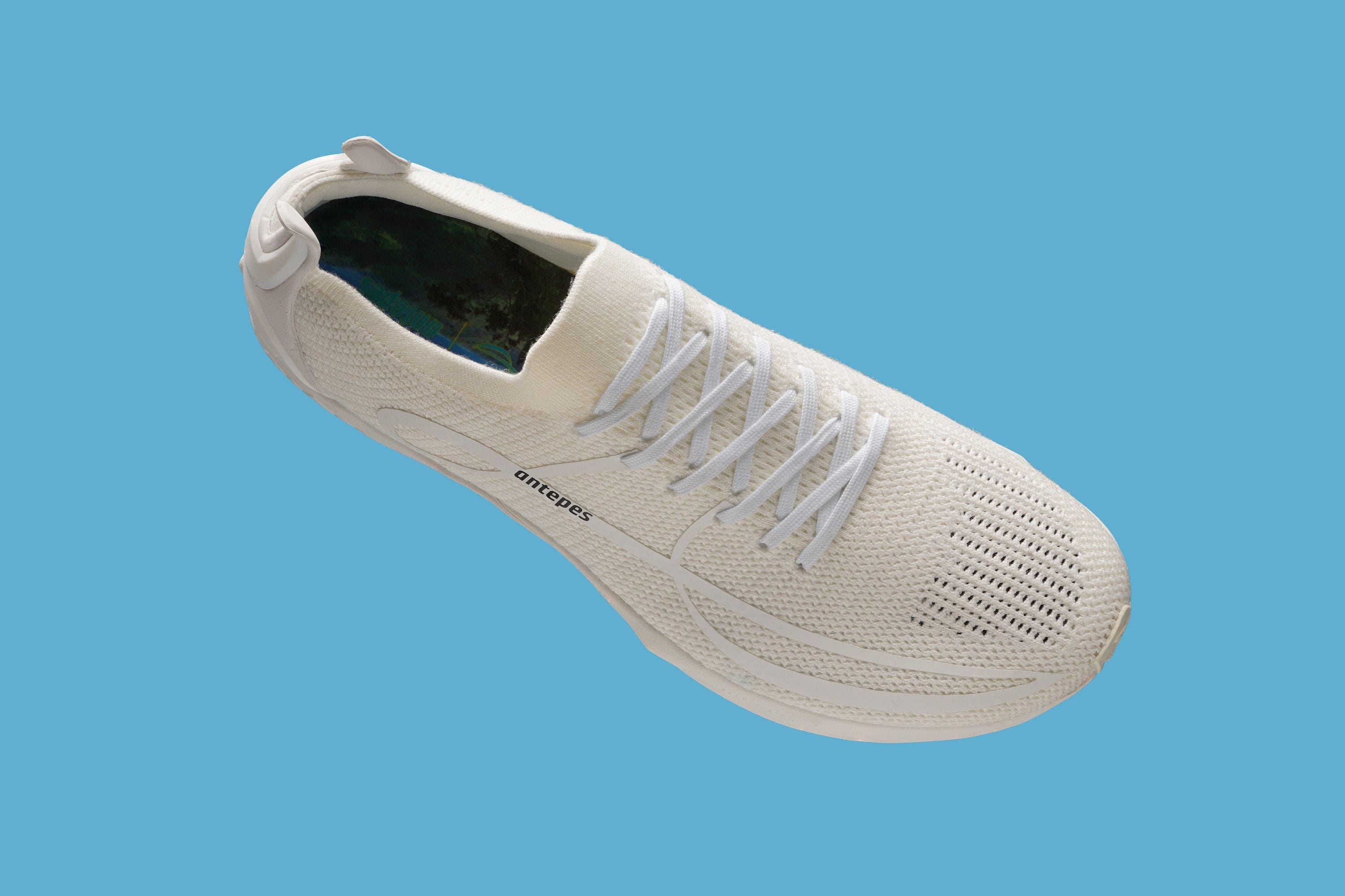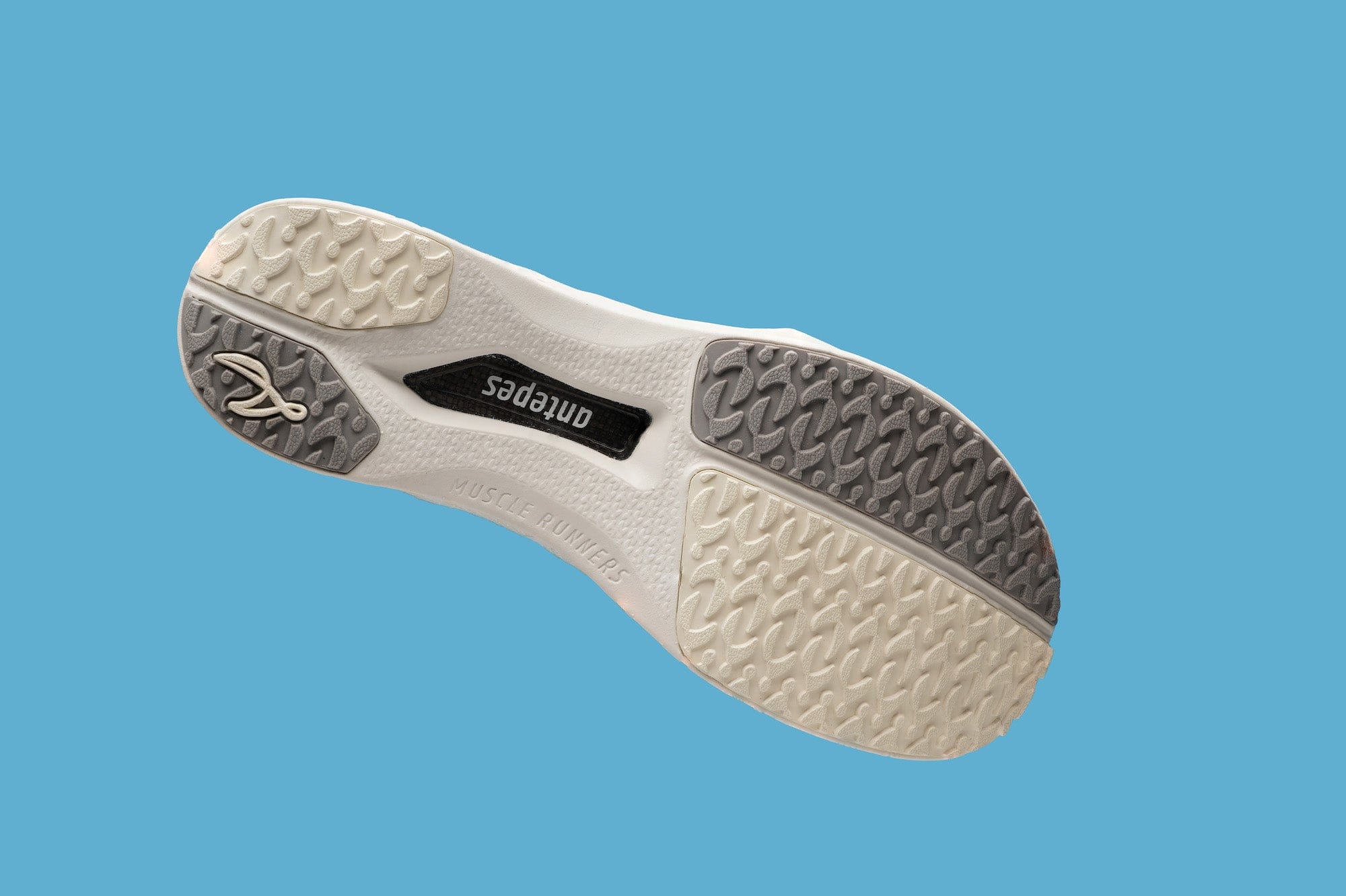Last post we considered how to avoid gaposis when autumn/fall training for speed. In overview we considered why it’s important not to do too much general preparation work. Remember the F1 car analogy??? Ah, now it’s coming back to you! This time we look more specifically at how you can grow the speed seeds using your Muscle Runners.
Plan for speed
If you are serious about your speed training, and you should be, you need to have a plan. This plan should be all about ensuring consistent elevations in speed (and power), optimised transfer and banishing gaposis.
Many track & field coaches utilise specific methods of training planning – known as periodisation models. Back in the days of the USSR, Soviet athletes very often utilised something known as linear periodisation. Or at least, we were led to believe they did...
Linear periodisation is pyramidal, it uses phases which get more and more specific as the need for speed gets closer – so, the indoor and outdoor seasons for track sprinters.
We say led to believe as linear periodisation has its faults and indeed it’s discredited quite a lot nowadays. Did those sneaky Soviets push us something that they knew was not best suited for the job? Seriously, much training theory originated from behind the Iron Curtain and some entered common coaching parlance perhaps without enough questioning or subsequent critical consideration from the receivers.
A major issue with linear periodisation is that it creates gaposis at the beginning of the training year when the base of the pyramid is built with a phase or two of GPP (General Preparation Period). Subsequent training phases then get increasingly specific. As we pointed out in our last post too much GPP creates a gap which takes time to plug and even when it is the sprint athlete is likely to be not as fast as they would have been had they followed a more specific periodisation model. That’s one designed to build speed on speed on more speed.
So, what methods do those in the know use to build speed specifically and accumulatively? The answer lies in what are known as block periodisation and undulating periodisation models.
The specific workouts in the training blocks and the means used to develop speed are complimentary and of a constantly high intensity.
Basically, these methods keep the primary goal of the training programme in full sight – so, for us speed. The specific workouts in the training blocks and the means used to develop speed are complimentary and of a constantly high intensity. There’s little low intensity and non-specific work. This enables the optimisation of physiological and neural adaptation and avoids de-training speed.
So, at the start of the training year those following block/undulating periodisation methods could be doing, for example, acceleration work to 100% over 20m-30m, build up runs to 90% over 60m, plus numerous specific sprint drills. They will also be following a weight training and plyometric programme which does not mess around! Does not mess around - just what do you mean? That’s using one which is designed to improved speed, elasticity and acceleration (bar speed when lifting) and not build muscle and strength for the sake of it.
Antepes Muscle Runners are made for speed training

These are the shoes you want on your feet at this time of the training year and for most of it thereafter. With their sprint-spike-for-the-road design you can be confident that your foot contacts, speed work and drills will be specifically enhanced within the specific training programme.
The speed shoe’s ForeStrike™ and ForeSpring™ technology are standout features. You might start your autumn/fall training in your standard trainers but these are not designed to optimise forefoot foot-strikes and dynamic toe-offs – your Muscle Runners are. So, by incorporating them into your early specific speed training you’ll be one fast step ahead of others who aren’t.
See your Antepes as a vital speed training tool to be worn consistently but at the right times.
Now, we are not suggesting you do all your training in your Muscle Runners, rather regular specific workouts. See your Antepes as a vital speed training tool to be worn consistently but at the right times. There will be training days when the session content does not call for their use or times when you need to move slightly less intensely, it’s then when other training shoes are okay to use. Your Muscle Runners are a specific training inclusion and they, like high intensity sprint training workouts, need balanced incorporation.
Next post in this series, we look at how you can pull together a block/undulating speed training plan.



